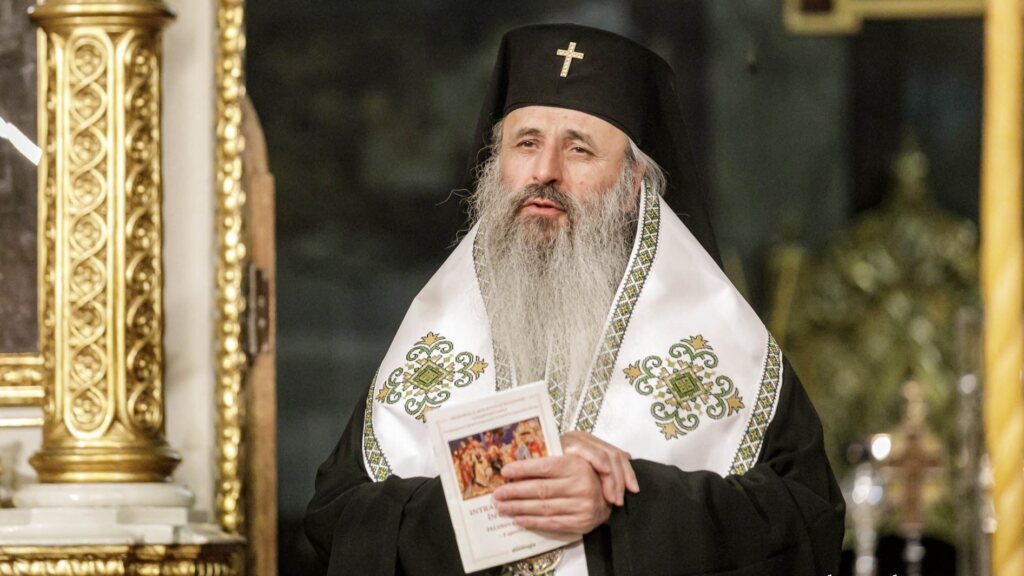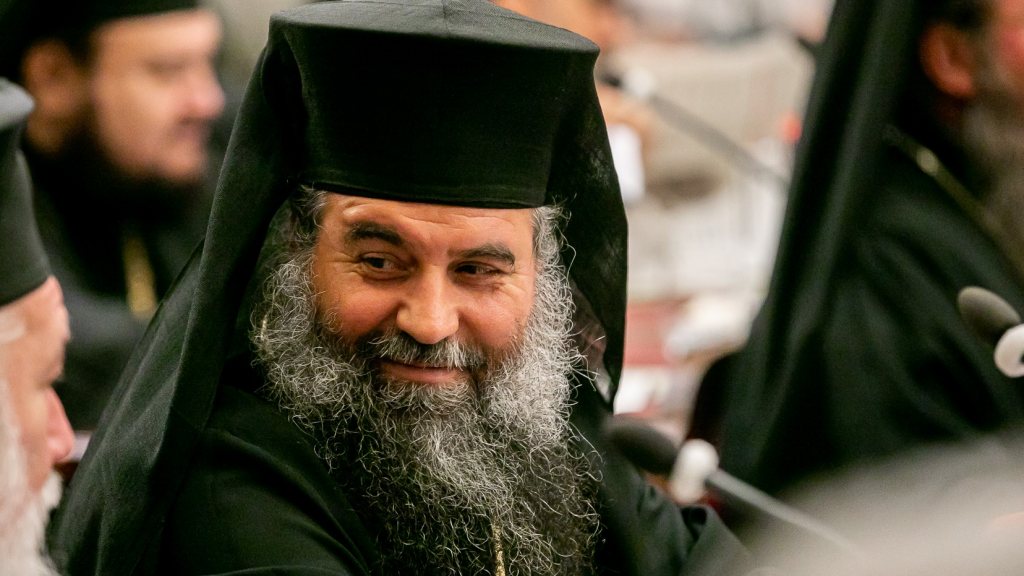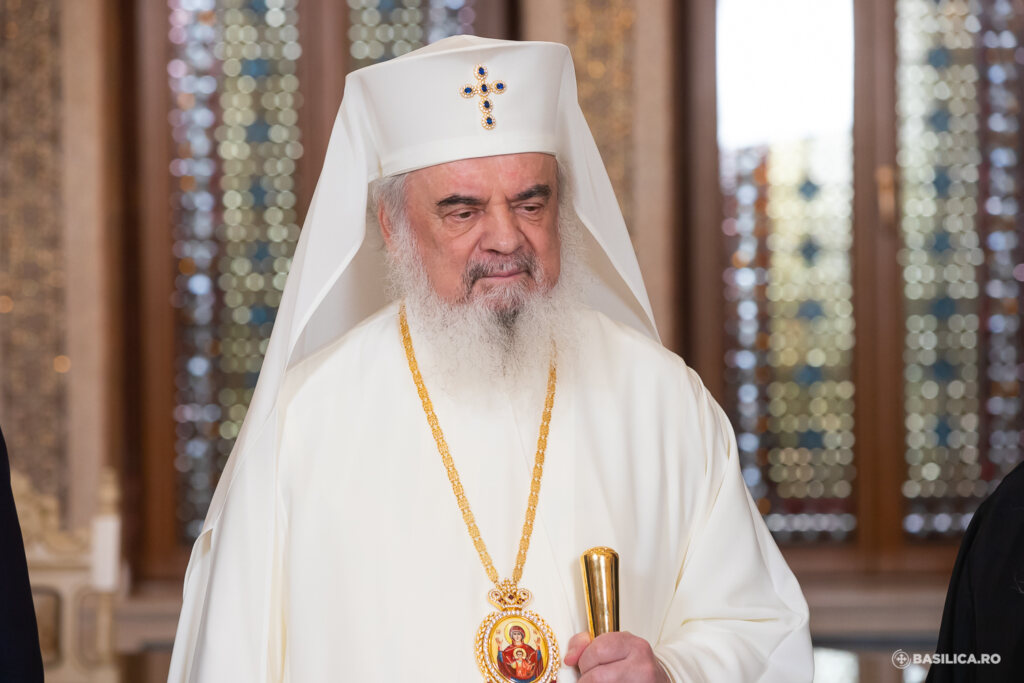On 12 November 2013, the session of scientific communications on the theme “Secularisation of the monastic estates (1863) Motivations and Consequences” was held in Patriarch Teoctist Aula Magna of the Patriarchate Palace, under the chairmanship of His Beatitude Patriarch Daniel and of Mr Ionel Haiduc, president of the Romanian Academy. The event was organised both by the Romanian Patriarchate and by the Romanian Academy at the anniversary of 150 years since the adoption of the Bill for the secularisation of the monastic estates (1863), a normative document with major consequences in the life of Romanian Orthodox Church till present.
Members of the Romanian Academy, hierarchs, theology professors of the “Patriarch Justinian” Faculty of Orthodox Theology of Bucharest, members of the Standing meeting of the Church National Council and of the Eparchial Council of the Archdiocese of Bucharest, synaxis of the abbots and abbesses of the Archdiocese of Bucharest, and students attended.
The lectures delivered treated the historical context, reasons and consequences of the adoption of the Bill for the secularisation of the monastic estates at the time of ruling prince Alexandru Ioan Cuza. Therefore, due to the inadequate way of administration and utilisation of the income coming from the exploitation of the estates and of some other properties of the monasteries of Wallachia and Moldova dedicated to some other monastic settlements of the Orthodox East, the issue was resolved through a normative document.
The Bill for the secularisation of the monastic estates secularised not only the estates of the monasteries dedicated, but also those of the not dedicated church units: metropolitanates, dioceses, monasteries, sketes etc. This bill deprived the Romanian Orthodox Church of Wallachia and Moldova of her own means of maintenance and support of her educational and social-charitable work, making her depended on the support of the State, in many cases insufficient or even absent. A lot of secularised church monasteries were damaged because of neglect, while some other secularised estates were bought by private persons. However, a large part of the secularised agricultural terrains (six million ha) were used later on to appropriate land to the peasants, while some of the church buildings were turned into schools, hospitals, old people’s homes, archives, or even prisons.
The Romanian State, the main beneficiary of the secularisation of the church estates, tried to use the Communal Bill and Bill for the regulation of the rural estate of 1864, to solve the issue of the salaries of the married priests, as well as the maintenance of the places of worship. Unfortunately, the two normative acts did not contribute to the improvement of the state of the church and priests.
In 1893, the wage system of the priests was taken over by the state budget through the Special Bill for the married clergymen and seminaries. Neither this law succeeded in solving all the issues the church institutions and servants were really faced with. In this sense, in 1918, according to the situation presented by the ministry for religious affairs Alexandru Lapedatu, only 3% of the Orthodox parishes of the Old Kingdom out of the Orthodox Transylvanian ones could fully maintain themselves by their own means.
The present relationship between the Romanian State and religious cults reflect to a great extent the legacy of the last 150 years since the reforms of prince Alexandru Ioan Cuza focused on the modernisation of Romania and assuming of the partial compensation of the loss the Church suffered through the secularisation of the church estates.
The communist regime deprived the Church of everything she still owned, but for the places of worship, but it maintained ways of financial support on behalf of the State for all the religious cults, both in regard to the wage system of the church staff, and the restoration, conservation and maintenance of the places of worship, especially of the historical monuments.
At present, the Romanian State provides only a part of the wages of the church staff, while the maintenance, consolidation, restoration and repairing of the places of worship and of some other church buildings which ensure the active presence of the Church in society are supported mainly by the communities of faithful.
Today, in order to help the Church in her multiple pastoral, missionary, social-philanthropic, educational and cultural activity developed for the Romanians from the country and abroad the complete restitution of the goods (terrains and building) confiscated by the communist regime is badly needed.
PRESS OFFICE OF THE ROMANIAN PATRIARCHATE






